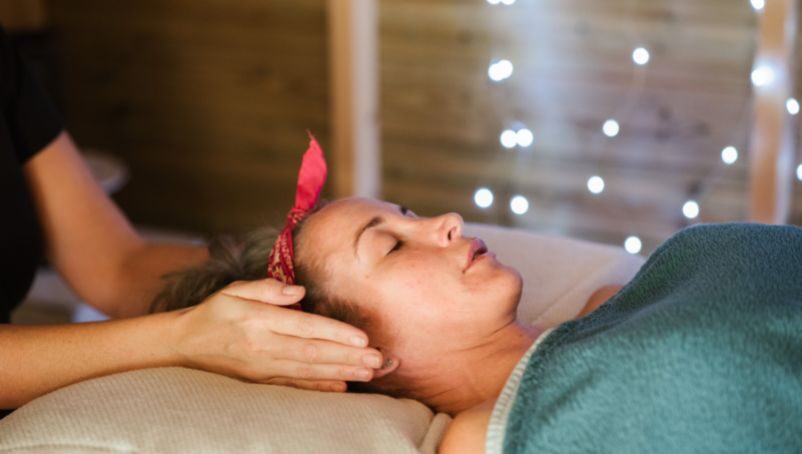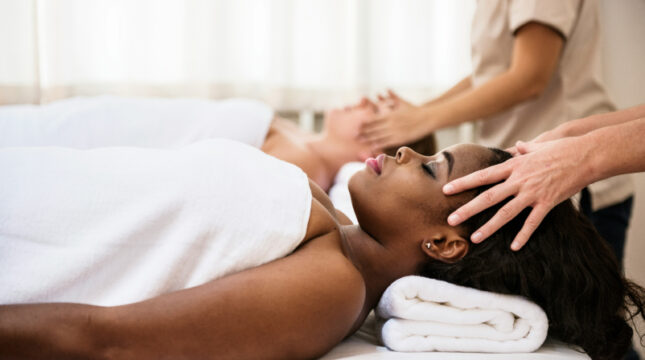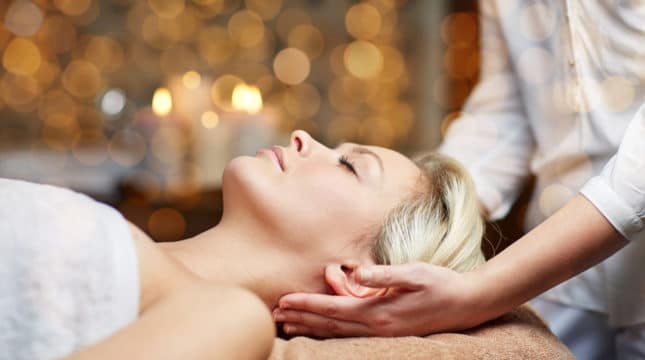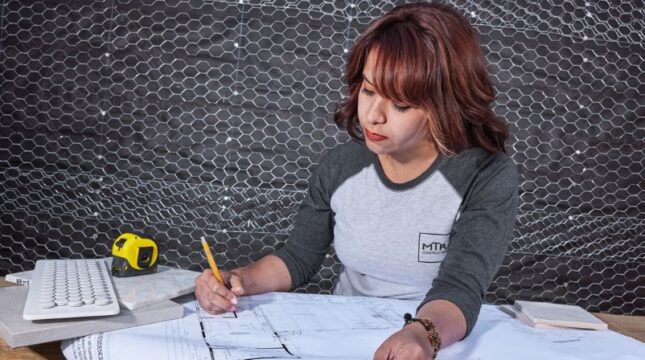1. Pick a massage therapy learning path
If you’re interested in massage therapy as a career, chances are you’ve already practiced with friends and family. That’s a great start — but it can’t replace a good massage therapy training program.
Massage therapy is an art and a science, and the best instructors help you master both. Expect massage therapy training to include a mix of hands-on instruction and classroom time in areas like anatomy, pathology, physiology and kinesiology. You’ll learn body mechanics to help you work efficiently, reduce fatigue and avoid injury.
Find a school or course
When it comes to the type of institution, you have a few options. Your local community college might offer a course that is likely the most affordable option. Private, for-profit schools can be pricier — but can be great if you’re looking for more specialized instruction.
Lately, more schools have started offering online options. However, since most states still require hands-on training hours to get licensed, you’ll need to figure out how to supplement your online education with hands-on experience. Some schools may offer a “hybrid” program, with the option to study the theory online and practice in concentrated in-person sessions.
Practicing on other students is a fairly standard part of a massage therapy certification course. Many schools also have massage clinics where customers can get free or discounted massages to provide students with an opportunity to practice.
Select a training program
As you consider different training options, you should consider the techniques you’re most interested in. Relaxation massage? Remedial or healthcare massage? Therapeutic? Sports massage? Consider your philosophies about health and wellness. Go to some open houses to get a feel for the instruction.
2. How to get a massage therapy license
The amount of instruction required to get a massage therapist license depends on your area’s licensing requirements. However, you can expect to spend between six months to a year in a massage training program.
In most states, you’ll need to pass the MBLEx (Massage and Bodywork Licensing Examination) to get your license. The MBLEx is a two-hour test administered by the FSMTB (Federation of State Massage Therapy Boards). The licensing exam tests you on knowledge of topics including anatomy, pathology, physiology and kinesiology, as well as ethics, laws and guidelines of the massage industry.
Many states will also require the following before issuing your license:
- A criminal background check
- Additional tests about state laws and rules
- Proof of liability insurance
- Proof of English proficiency
- A business license
- CPR or first aid certification
3. How to get a massage therapy certification
Even after completing massage school and licensed massage therapist, you can get additional voluntary certifications that demonstrate your skill and knowledge of massage techniques to potential employers and clients.
The gold standard of national certification for massage therapy is the National Certification Board for Therapeutic Massage and Bodywork (NCBTMB). Getting NCBTMB certified requires graduating from an approved school, passing a board certification exam, and other qualifications.
Becoming board certified is not required to practice massage therapy. Still, it shows the highest level of commitment and professionalism to your clients and potential employers.
Many professional massage therapists also join the American Massage Therapy Association (AMTA), the largest non-profit professional association representing massage therapists. Becoming an AMTA member requires meeting minimum education requirements, pursuing continuing education and upholding the organization’s Code of Ethics.
4. Launch your massage therapy career
As a licensed and certified massage therapist, you’ll need to decide whether you want to run your own practice or work for an existing business.
According to AMTA, 77% of practicing massage therapists consider themselves sole practitioners. If you decide to take that route, you’ll need to decide on a setting for your practice. AMTA reports that 42% of all massage therapists work at the client’s home or office, 52% at the therapist’s office, 36% at the therapist’s home and 22% at spas. Other options could include fitness centers, alternative medicine centers, hotels, cruise ships, and shopping malls.
Whether working for an employer or yourself, getting massage therapist insurance is a good idea. It helps protects you and your business if something unexpected happens on the job.






